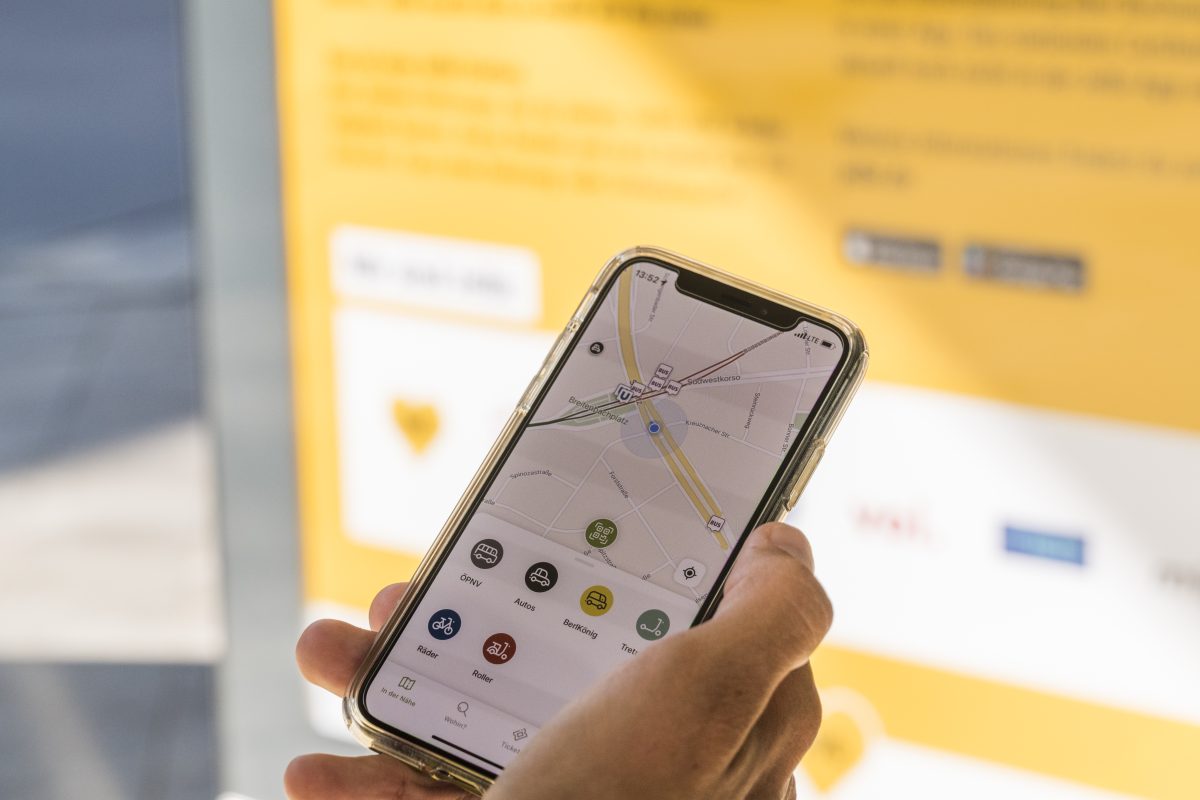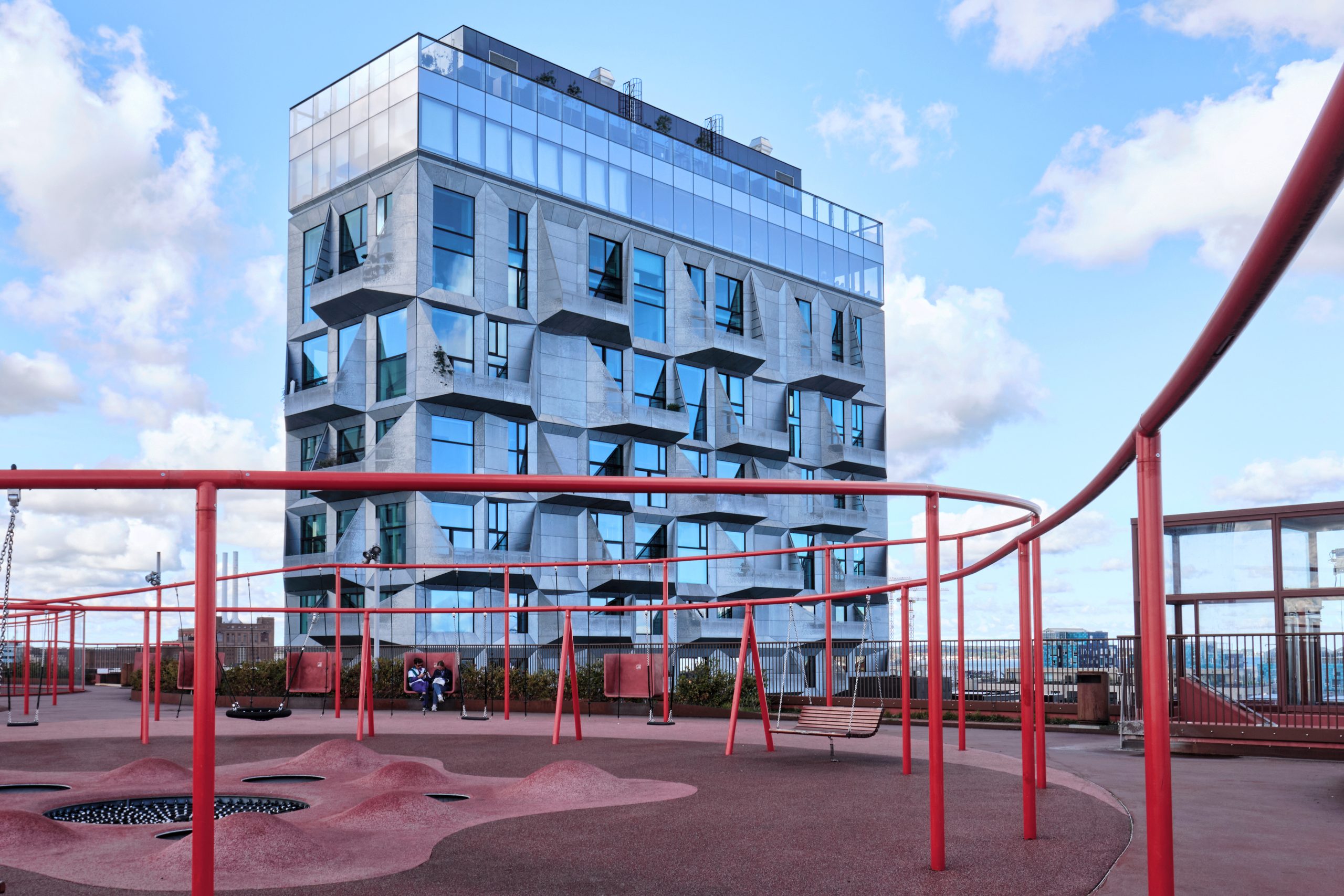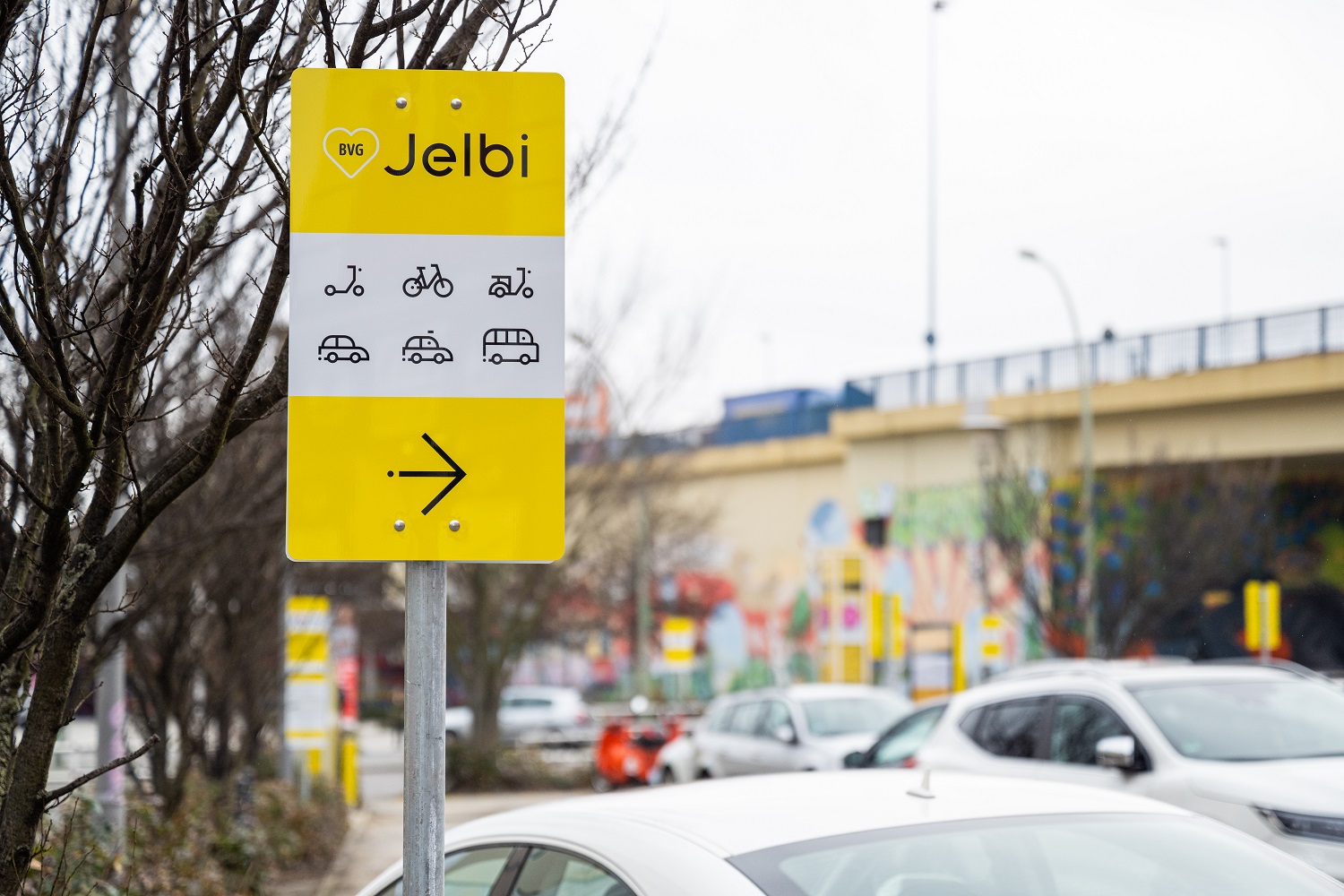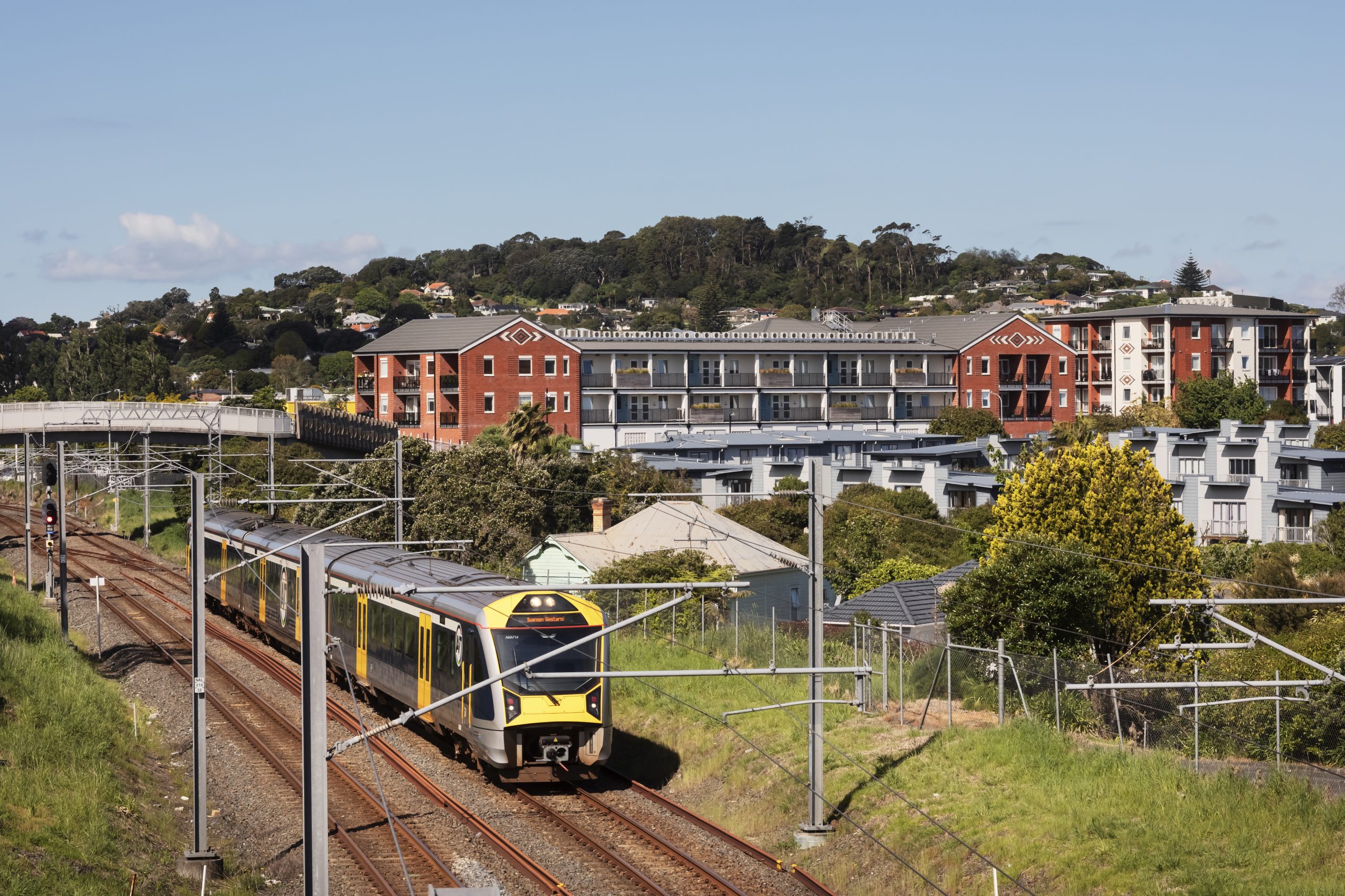Case Study: Innovations to green smart cities from Copenhagen to Lima
References
In 1996, the late architect and theorist Christopher Alexander – muse to the revered producer Brian Eno – addressed a conference room of computer programmers and proposed a future “in which computers play a fundamental role in making the world – and above all the built structure of the world – alive, humane, ecologically profound, and with a deep living structure.”
Deeply inspired by nature, Christopher spent much of his practice thinking about how to evoke belonging and wellbeing – senses he felt were critical to human happiness – in his work.1 To him, there was no contradiction with technology; in fact, he saw programming as the “natural genetic infrastructure of a living world,” and programmers as having critical knowledge and skills to help make better buildings, cities and spaces available for everyone.
A decade later, tech giants IBM and Cisco proposed the concept of ‘smart cities’ to address urban issues. In their vision of the smart city, sensors, analytics and computational networks would be used to make cities – the hubs of the future – more efficient and effective. But while living in cities may be the more environmentally efficient way to house millions of people, as Christopher pointed out in his speech, computational technology is simply a tool. So how could embedding technology in cities help us manage the climate crisis, rather than simply encoding existing inequalities, or distracting from structural problems? How could it be used to create the “alive, humane, ecologically profound” world he describes?

Taking a systems approach to electricity in Copenhagen, Denmark
Jutting out into the Øresund Strait, just north of Copenhagen’s city centre, lies Nordhavn, where the sun flashes off glassy new mid-rise apartments arranged in precise, geometric arrangements in this sea-bound neighbourhood. Only 15 years ago, this area was a former industrial shipyard, until the publicly owned CPH City & Port Development Corporation decided to rezone it with the ambition of creating a city-within-a-city that was not just optimised for liveability but also sustainability.
As part of this Cinderella-style transformation, the corporation supported EnergyLab Nordhavn, a four-year living experiment that brought together the city government, universities, utility providers and private businesses to prove how electricity, heat and transport could be integrated into a full-scale smart energy system.

The results were positive: the lab’s final report showed how grid-connected batteries could efficiently store electricity sourced from renewables, while shared real-time data could regulate the output of electricity. Additionally, electric vehicles, including buses, could not only benefit from this power storage but also feed back into the system via vehicle-to-grid technology. And by integrating heat pumps, the system was able to more efficiently heat homes and water.
The system worked so well, in fact, it helped turn Nordhavn into Copenhagen’s priciest neighbourhood. Luckily, at least 25% of the neighbourhood has affordable rental housing, and initiatives like the heat pumps are now being rolled out across more homes in Copenhagen.
Cleaning the air for children in Lima, Peru
Air pollution may sometimes be hard to see, but its consequences can no doubt be felt. According to the World Health Organisation, more than one in four deaths of children under the age of five globally are related to pollution. But tackling an intangible, invisible problem is easy to de-prioritise. While cities from Seoul to Santiago have installed air monitors to more accurately track the issue, until recently, the cost of installing and maintaining enough devices to make such a system useful have dissuaded many more cities from using them.

But thanks to lowering costs of air sensors, in 2020, the city of Lima was able to build out its network, and install 35 new devices in a program specifically designed to improve air quality for young children. The city installed sensors in kindergartens, schools, hospitals and paediatric centres, complemented with mobile monitors set at a height of 95 cm to more accurately assess the amount of pollution children are exposed to.
Several schools and children’s shelters in Lima were able to adjust their schedules so that children could play outside when pollution levels were lower. Other solutions were more targeted: after sensors showed particularly high levels of pollution around a school in one of the city’s lower-income neighbourhoods, the city took action and agreed with neighbours to plant green mulch and pave roads to reduce pollution.
Streamlining transport in Berlin, Germany
Enter the idea of Mobility-as-a-Service (MaaS). At its heart, MaaS is an all-in-one system, usually accessed through an app, that helps you get from A to B via the best combination of transit options, and allows you to pay for it.2
In Berlin, you could use Google maps – or you could use Jelbi, an app that looks like a mix of Google maps, Uber, and Neuron or Lime. You could then either order a taxi, or head to one of Jelbi’s bright, endorphin-releasing yellow hubs with electric bikes and scooters – some even have electric cars charging waiting to be borrowed – and head on your way, thanks to the world’s most extensive MaaS network.

Jelbi’s all-in-one app is all you need when getting around Berlin, Germany. Image: Andreas S.
So far, Berlin has led the way in successfully implementing MaaS. In 2015, a private startup in Helsinki launched the first MaaS app, Whim, but limited cooperation from the state’s rail service stymied the attractiveness of the service.3 In contrast, in Berlin, it was the city’s public transport company BVG who led the way, pairing with Lithuanian software company Trafi to launch Jelbi. Meanwhile, keeping a car for a weekend getaway out of the city may also soon be redundant – Switzerland’s yumuv, also designed by Trafi, connects regional commuters and travellers between Zurich, Basel and Bern via intercity train.
But having a MaaS system that truly serves the people using it means understanding how people use it, what they need it for, and having the correct infrastructure to support this in the first place. In 2022, while Brussels trialled a prototype of its current app Floya, researchers from the University of Antwerp looked at transport access and equity from the perspective of families, pointing out that nearly 40 percent of the city’s households include children. Conducting a small sample study, they found that their respondents had no trouble with what officials often named as common barriers to using MaaS, like not being app-savvy, or not being comfortable with using multiple modes of transport. Rather, they were more concerned about not being able to board a tram easily if an older, non-accessible model arrived; no elevator access at train stations; or not having shelter at bus stops. With transport currently contributing to 15 percent of greenhouse gases, changing how we get around to shared forms of transport will be essential to addressing climate change.
Supporting new technologies in New York City, United States
What if there was a device that could suck the pollution out of the air? Or what if a drone could scan a building and use laser technology to see if its structure could be retrofitted to improve energy efficiency?
These technologies do exist, but there’s no better way to know if an idea works than to put it to the test – so that’s what New York City’s Office of Technology and Innovation (OTI) did, as part of their Smart City Testbed program. Trials to monitor anonymous travel paths, scan buildings, and use negative-ion devices to reduce air pollution started in October 2023, and the city piloted them for six to eight months.
Lokesh Jain, the managing director of the Netherlands-based company producing the ionisers, StaticAir, said the Smart City Testbed program was also useful because it addressed one of the biggest challenges of installing new challenges in cities: the bureaucratic process. In this case, OTI coordinated the approvals required from all necessary departments.
At nearly €4000 (AU$6,500) per device, the ionisers are not designed to blanket a city, but rather, target pollution hotspots as part of a coordinated solution – another reason to welcome bureaucratic support. The company has already installed their devices in several cities around the world, including Athens and Rotterdam, but the results of the NYC trial will provide another example of how authorities, their departments and private companies can work together to test out new solutions. After all, it’s one thing to prove a technology works in isolation, but it’s another to use it in real life situations so that people can actually benefit.

Pole-mounted Pamares units were installed across NYC for six months for real-time air quality monitoring devices and to measure any changes from initiatives introduced by the Smart City Testbed program. Image: NYC Smart City Testbed.
Tools for the future
The United Nations expects that nearly 70 percent of the world’s population will be living in cities by 2050, allowing us to tackle the climate crisis in more efficient ways. But cities and people, unlike computers, are ambiguous and constantly changing. In the years since IBM and Cisco first began developing their idea of the ‘smart city’, one major lesson has been clear: successful smart city initiatives need to focus on the ‘city’ too, and the needs, desires and agency of the people who live there.
By learning from different initiatives around the world, working with authorities, public and private enterprises and communities to adapt these ideas to how locals live, any smart city can be a smart city. After all, it’s not the technology that makes a city – it’s the people. And, as Christopher Alexander said back in 1996, if society could ensure technology were used to benefit humanity and nature, “that would be remarkable. It would turn the world around, and make living structure the norm once again, throughout society, and make the world worth living in again.”
- Both a theorist and a working practitioner, Christopher Alexander outlined his experiences in his many published works, including A City is Not a Tree (1965) and the four-volume series The Nature of Order (2002–2004).
- Options include paying either per leg of the journey, or via monthly subscription.
- Online, a city planner for the City of Helsinki anonymously admitted that even they didn’t use it.










